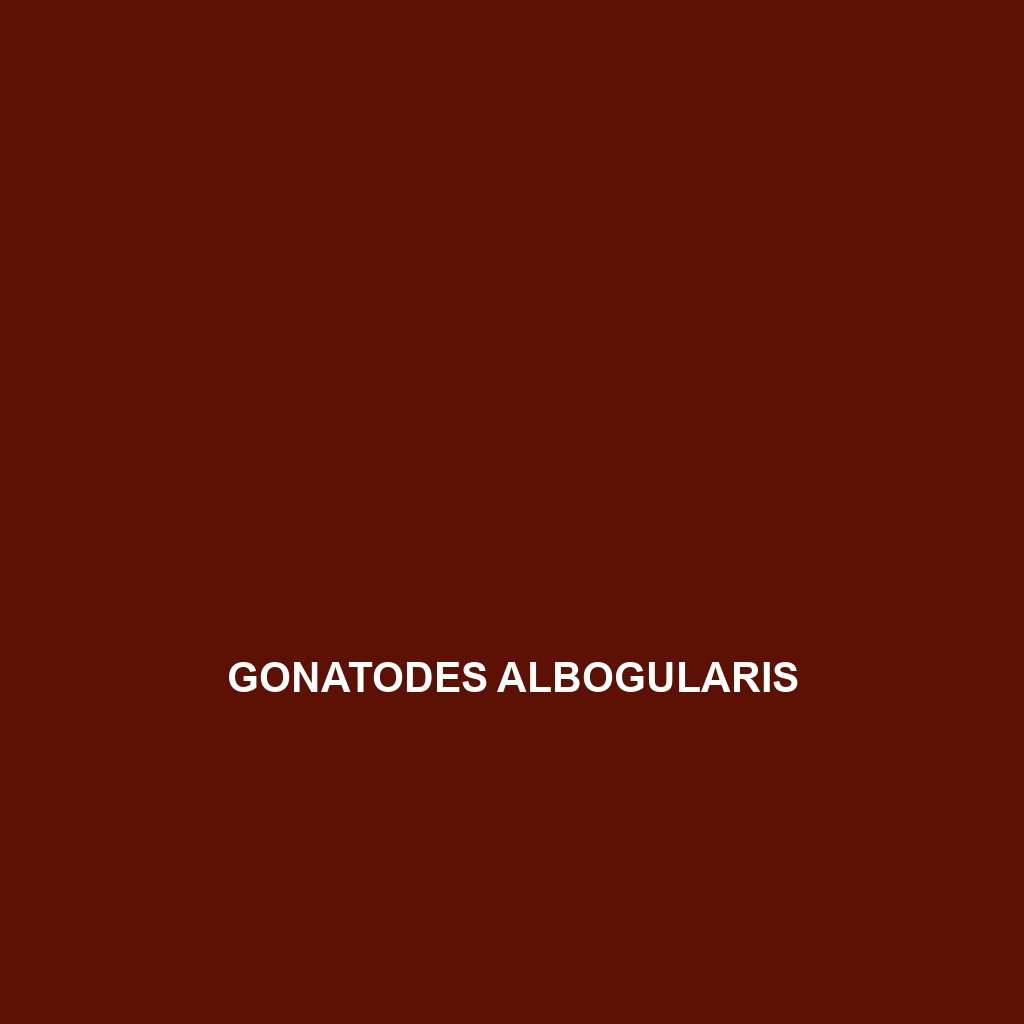Common Name
Gonatodes albogularis
Scientific Name
Gonatodes albogularis
Habitat
Gonatodes albogularis, commonly known as the white-throated gecko, primarily inhabits the moist tropical rainforests of Central and South America. This species is mostly found in countries such as Costa Rica, Panama, and Colombia. The ideal environmental conditions for Gonatodes albogularis include high humidity levels and temperatures ranging from 24 to 30 degrees Celsius. These geckos thrive in dense foliage, where they can easily find shelter from predators and where the humidity remains high. Their presence can also be noted in more open habitats like savannas and edge habitats where vegetation is still abundant. The geographic region plays a significant role in their behavior, as they are rarely seen outside these favorable climatic zones, making it essential to preserve these specific ecosystems.
Physical Characteristics
In terms of physical attributes, Gonatodes albogularis measures approximately 8 to 15 cm in total length, including the tail. This modest size, combined with their slender, elongated bodies, allows them to navigate effectively through dense undergrowth. The coloration is markedly vivid; they exhibit a variety of hues, from bright green to brown, effectively camouflaging themselves among the leaves. A defining feature of Gonatodes albogularis is the distinctive white or yellow stripe that runs along the throat, giving it the common name. Their smooth skin, lined with tiny scales, contributes to their agility, providing an effective means to escape threats.
Behavior
Gonatodes albogularis is predominantly nocturnal, which influences their hunting and mating patterns. They become active at night, foraging for food and engaging in social interactions that include territorial displays and mating rituals. Males often perform elaborate courtship displays, using vibrant colors and body postures to attract females. These geckos demonstrate a unique behavior of climbing both trees and shrubs, which helps them evade predators. During the day, they can often be found resting on branches or blending into their surroundings, showcasing their excellent camouflage.
Diet
As predominantly insectivores, Gonatodes albogularis primarily feeds on a diet consisting of small insects, making them valuable pest controllers in their ecosystems. Their diet may include ants, beetles, and various other arthropods, showcasing their adaptability in food selection. They have a specialized hunting technique that involves swift movements to capture prey using their sticky tongues. While primarily insectivorous, they have been observed consuming some plant matter during extended foraging periods, highlighting a minor omnivorous tendency.
Reproduction
The reproductive cycle of Gonatodes albogularis is characterized by a seasonal breeding pattern, primarily occurring at the onset of the rainy season between May and July. Females typically lay two eggs per clutch, often in secluded locations to protect them from predators. The incubation period for the eggs lasts around 60 days, after which hatchlings emerge, fully independent and miniature replicas of adults. Parental care is notably minimal post-hatching, as the species relies on innate survival skills. Males exhibit territorial behavior during the breeding season to compete for access to females.
Conservation Status
Currently, the conservation status of Gonatodes albogularis is classified as Least Concern according to the International Union for Conservation of Nature (IUCN). However, their habitats are increasingly threatened by deforestation, urbanization, and climate change, which could pose risks to their populations. Conservation efforts focus on the preservation of rainforest ecosystems and the establishment of protected areas to mitigate habitat loss and environmental degradation. Regular monitoring of these gecko populations is necessary to respond effectively to any future challenges.
Interesting Facts
One fascinating aspect of Gonatodes albogularis is their impressive ability to regenerate tails after losing them to escape predators. This unique adaptation allows them to survive in environments where threats are prevalent. Moreover, their striking coloration not only serves a purpose in camouflage but also acts as a warning signal to potential predators about their ability to swiftly evade capture. Social interactions among these geckos can be quite complex, with hierarchical structures occasionally observed within groups.
Role in Ecosystem
Gonatodes albogularis plays a crucial role in maintaining the ecological balance of their habitat. As insectivores, they contribute to controlling insect populations, which helps reduce crop damage and maintains the overall health of their ecosystem. Their presence supports other species through the intricate food web, providing nourishment for larger predators. Furthermore, as they feed, they also aid in the pollination of some plants, illustrating their multifaceted contributions to ecosystem resilience.
